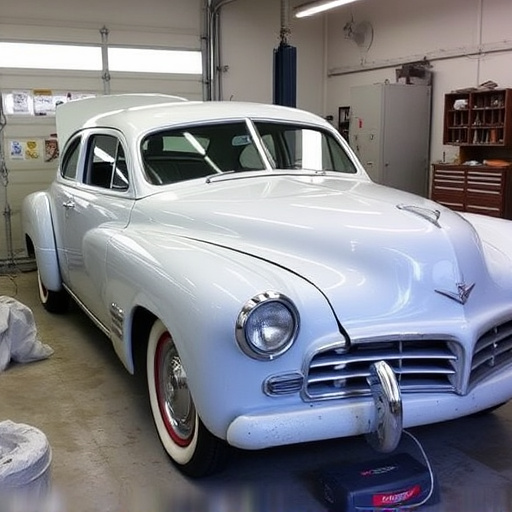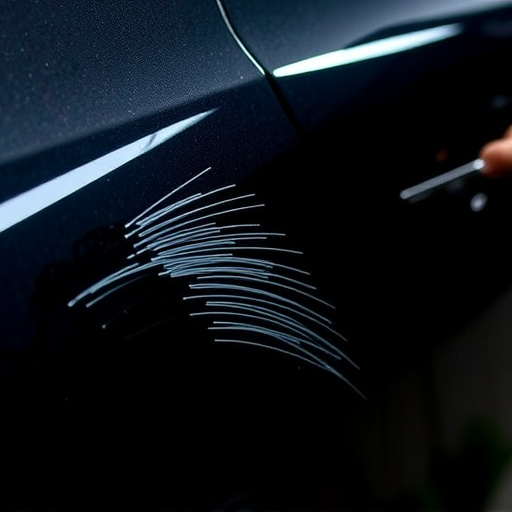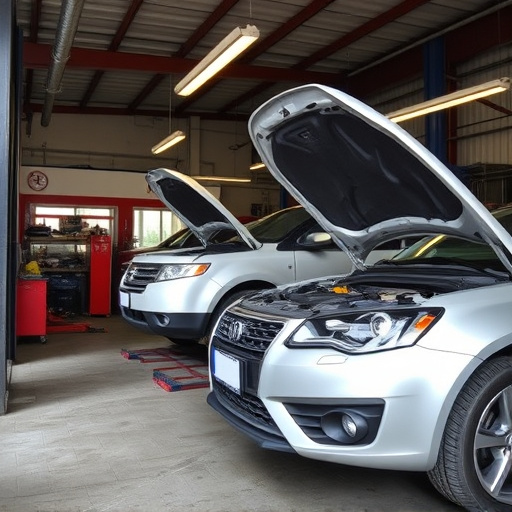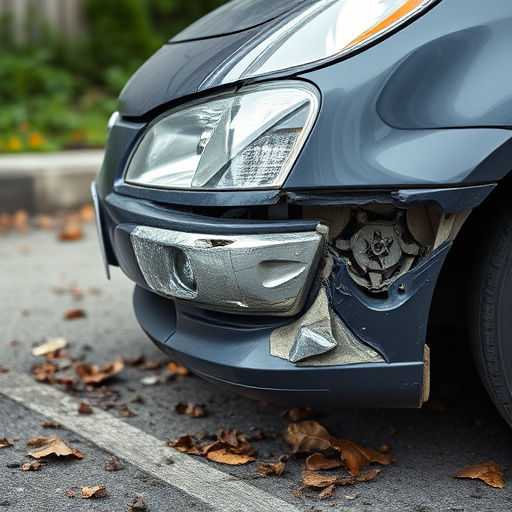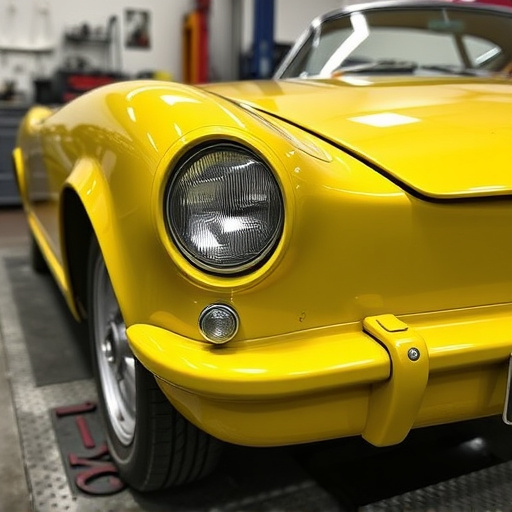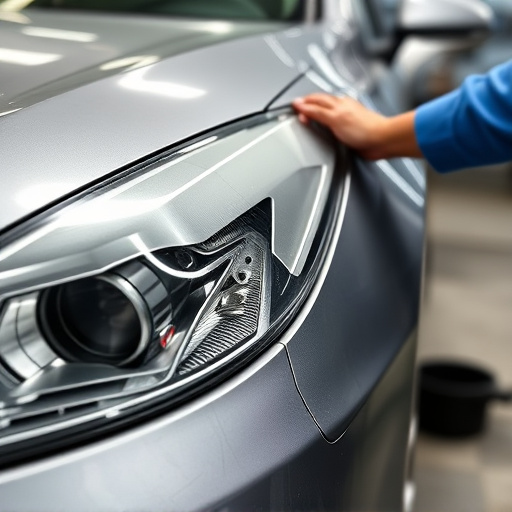Advanced imaging technologies and structural analysis software have revolutionized frame damage assessment in the automotive industry. These tools provide non-destructive inspections, detecting subtle cracks and corrosion with unprecedented accuracy, streamlining processes for insurance providers, repair shops, and policyholders. Non-Destructive Testing (NDT) methods are crucial for modern frame damage assessment, ensuring safe and efficient inspection of complex vehicle repairs without compromising structure or increasing costs.
In the realm of automotive repair, efficient and accurate frame damage assessment is paramount. Modern procedures leverage advanced imaging technologies for detailed visual inspections, providing a deeper look at hidden defects. Structural analysis software offers a digital approach, enhancing precision and speed. Non-destructive testing methods ensure safety and efficiency by identifying frame damage without causing further harm. These innovative tools revolutionize frame damage assessment, setting new standards in the industry.
- Advanced Imaging Technologies for Visual Inspection
- Structural Analysis Software: A Digital Approach
- Non-Destructive Testing Methods: Safety and Efficiency
Advanced Imaging Technologies for Visual Inspection
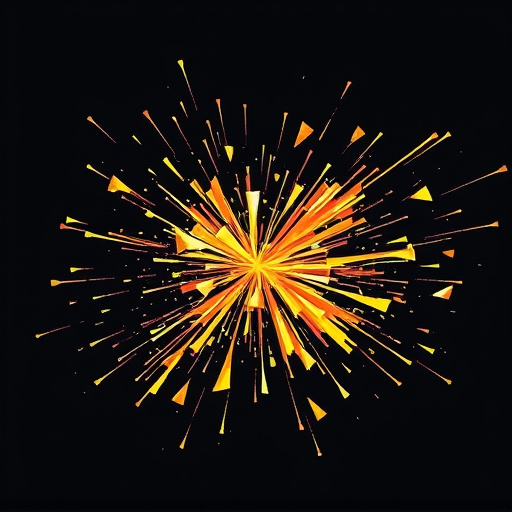
Advanced Imaging Technologies have revolutionized frame damage assessment procedures, enabling professionals to conduct meticulous visual inspections with unprecedented accuracy. These cutting-edge tools, such as 3D scanning and thermal imaging, offer a non-destructive approach to evaluating car damage repair needs, including automotive body work and car paint repairs. By capturing detailed digital representations of vehicle frames, these technologies allow for comprehensive analysis, facilitating informed decisions during the restoration process.
Through advanced imaging, technicians can now detect subtle discrepancies in frame alignment, hidden cracks, or corrosion that may go unnoticed through traditional methods. This enhanced visibility translates to more precise estimates and efficient car damage repair strategies. Moreover, the data acquired from these technologies streamlines communication between insurance providers, repair shops, and policyholders, ensuring a smoother claims process for all parties involved in automotive body work.
Structural Analysis Software: A Digital Approach
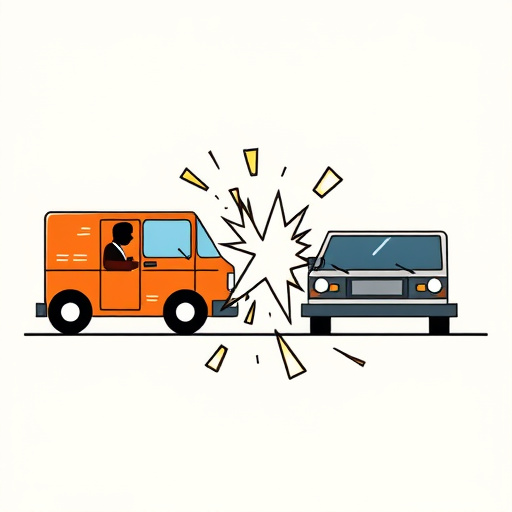
In today’s digital era, structural analysis software has revolutionized frame damage assessment procedures, marking a significant departure from traditional manual methods. This advanced technology enables auto body services and collision repair professionals to accurately evaluate vehicle frames with unparalleled precision. By employing sophisticated algorithms and 3D modeling, these tools can detect even the subtlest deformities or misalignments that might be overlooked during visual inspections. This digital approach not only streamlines the whole process but also enhances accuracy, ensuring that every vehicle undergoing frame damage assessment receives a thorough and fair evaluation.
Moreover, structural analysis software plays a pivotal role in facilitating effective collision repair processes. By providing detailed insights into the extent of frame damage, it guides technicians in developing tailored repair plans, thereby optimizing both time and material resources. This not only contributes to efficient vehicle repair but also ensures that auto body services maintain high standards of quality and customer satisfaction. In essence, leveraging this technology in frame damage assessment represents a game-changer in the industry, transforming how collision repairs are conducted and ultimately benefitting both service providers and consumers alike.
Non-Destructive Testing Methods: Safety and Efficiency

Non-Destructive Testing (NDT) methods play a pivotal role in modern frame damage assessment procedures, offering a safe and efficient way to inspect vehicles, particularly during complex repairs like mercedes benz collision repair or vehicle dent repair. These techniques are designed to determine the extent of hidden damage without causing further harm to the vehicle’s structure. By employing NDT, professionals can accurately assess frame integrity, enabling them to make informed decisions about the necessary vehicle collision repair steps.
Safety is paramount in the automotive industry, and NDT methods prioritize it by eliminating the need for invasive procedures that could lead to structural failure or compromise the vehicle’s safety features. Efficiency is another advantage, as these techniques enable quick and accurate damage detection, reducing downtime and costs associated with unnecessary repairs. This not only benefits repair shops but also ensures customers receive high-quality service, especially when dealing with delicate components like those found in modern automobiles.
Modern frame damage assessment procedures leverage advanced imaging technologies, structural analysis software, and non-destructive testing methods to ensure safety, efficiency, and accurate evaluations. By employing these cutting-edge tools, professionals can navigate complex structures with ease, providing comprehensive insights into potential frame damage. This digital transformation in the construction industry promises faster, more reliable frame damage assessments, ultimately fostering safer and more informed decision-making processes.




